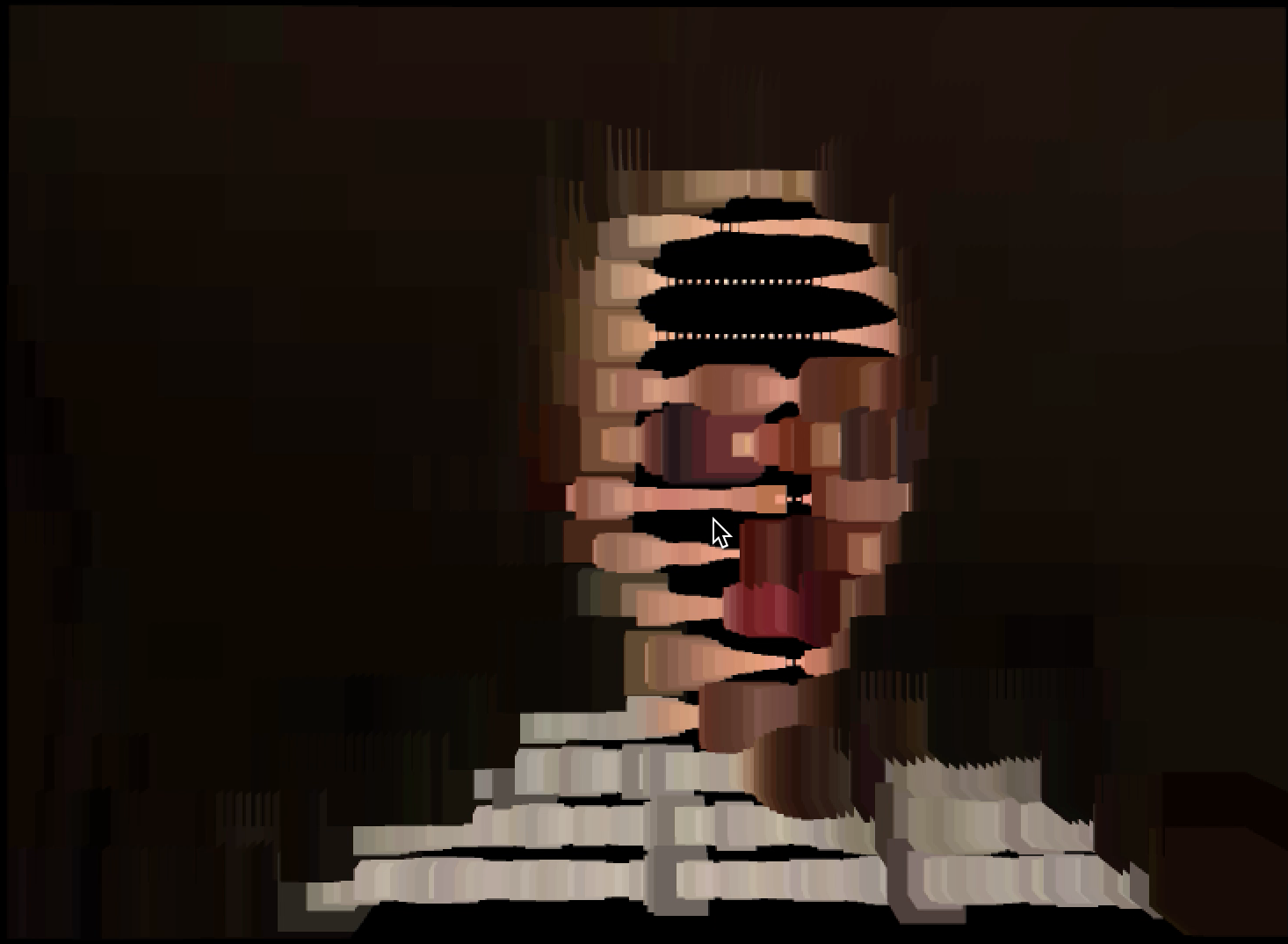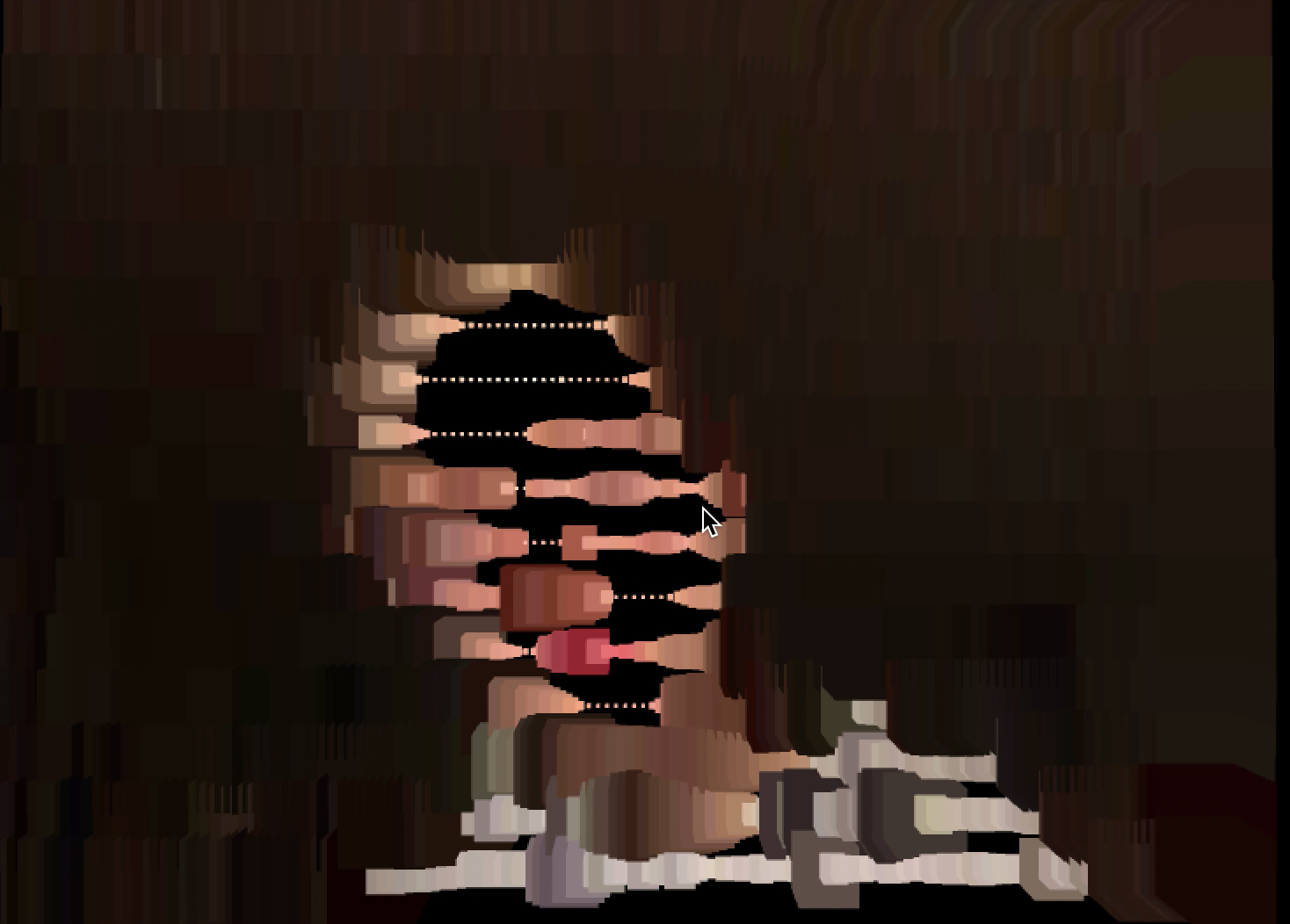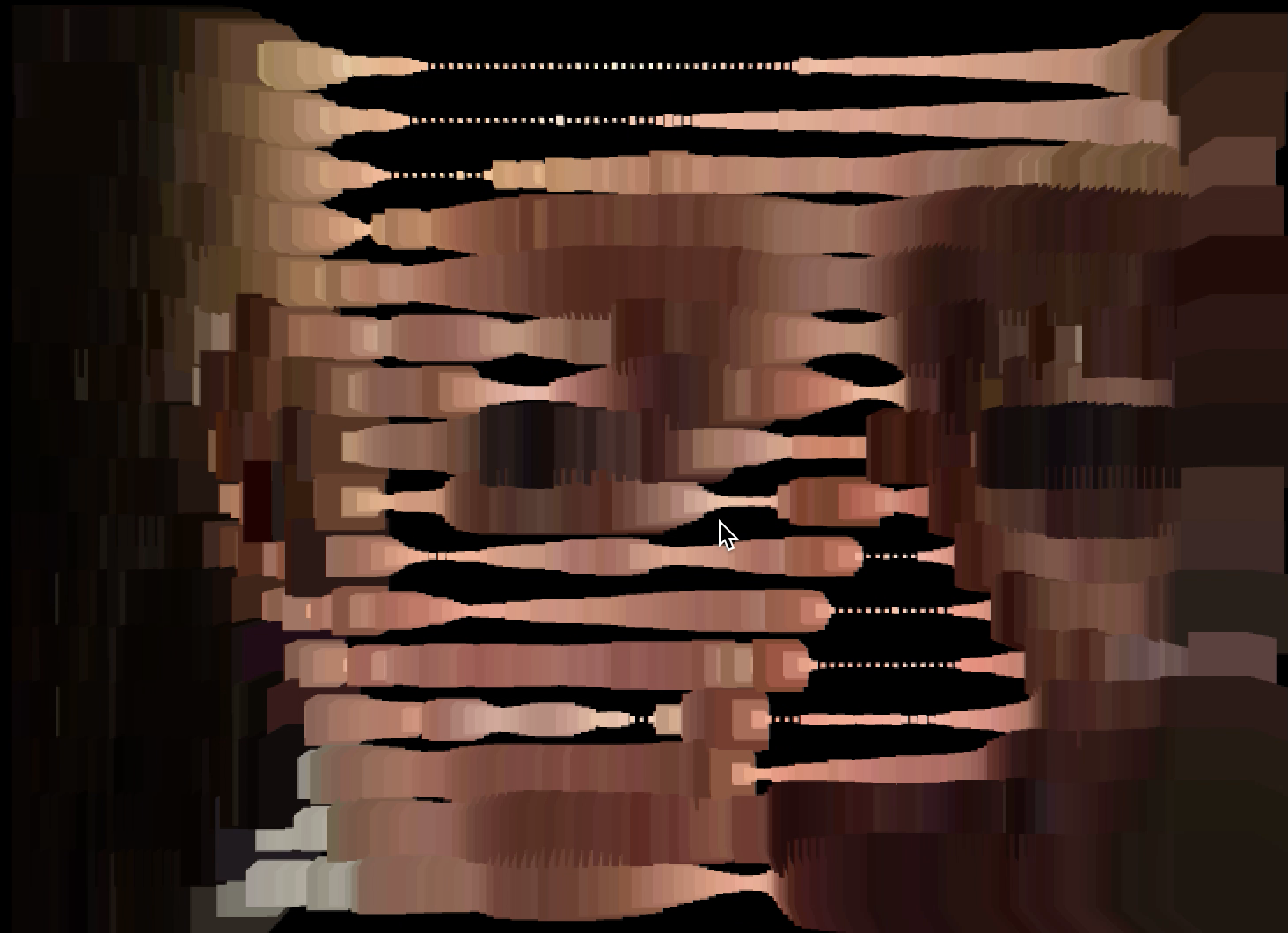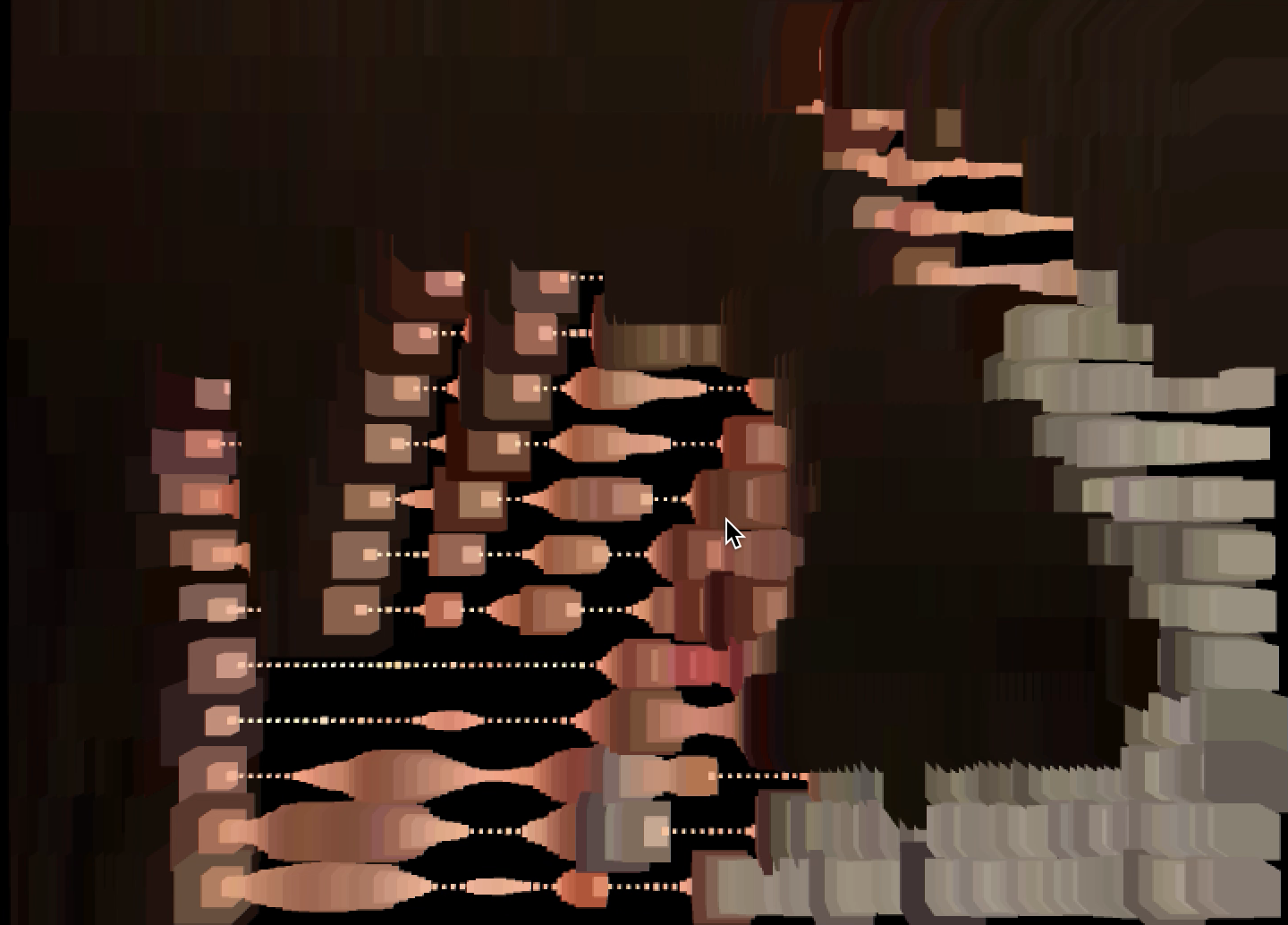



There are textures involved in every aspect of the macroscopic, and every day we as humans interact with them, as textures ourselves. We can think of our skin as the fabric on our bodies, each with its own history, relationship to its origin, and unique sensory experience. Like socks, blankets, curtains, etc., our bodies are the core of our material experience. The act of “touch” is a form of language before we can even speak. We learn through our senses) about presence, absence, and traditions, and how to cope with them. Memories are both created and stored in what we touch and where we have been touched.
“My body is the fabric in which all objects are woven” (Merleau-Ponty).
Similar to the body itself, the clothes we wear or don’t wear act as a shield between our skin and the rest of the macroscopic. The particular affinity between body and cloth is self-evident – we do not distinguish the relationship between first and second skin. The fact we wear clothing is something so engrained in our daily routine and so cultural involved that we almost never question why we are wearing clothes in the first place. Textiles stand in for the body and vulnerabilities are given expression by the fabric. Textiles (and skin) act as physical manifestations of connectedness, carriers of knowledge and experience. Like the threads of a shirt or the behavior of quantum phenomena, in a network, every relationship is one line in a meshwork of interwoven trails. The occurrences of the past with are in some way or another that of others.
Childhood playing is the physical making of memories in the same way that connecting with another’s body is a creating a record. As one “grows and changes the loops of self are continuously connecting with each other through memory” (Merleau-Ponty). In response, art is a way of making sense of the world and coping with the vicissitudes of life. Making is defined as a particular form of thinking because we “think through our hands.” Thinking is also a form of making, because thought emerges from action.
Touch is always reciprocal – we cannot touch without being touched. But that said, nothing ever really touches. The interaction of our bodies is merely “a temporary arrangement of matter, always on its way to being something else.” Particles are, by their very nature, attracted to particles with an opposite charge, and they repel other similarly charged particles. This prevents electrons from ever coming in direct contact (in an atomic sense and literal sense). Science, specifically quantum mechanics, is often taken outside of its original context and used to explain how or why things might happen the way they do in the macroscopic world. For my project, I intend to do just that by using the quantum concept “nothing ever really touches on the quantum level” as a means of detachment from previous harmful relationships in order to reclaim myself from the grasp of others. In this I am using the act of “touch” as a representation of someone's presence, control, mark, etc.
Everything you can see, touch, and “feel” is made up of atoms. Quantum mechanics also tells us that we are made up of particles, which means that, microscopically, many things are going on within us that aren’t perceivable to the human eye. Almost all of the mass an atom has is concentrated into a region called the nucleus. Surrounding the nucleus is seemingly empty space, except for the region within an atom where electrons (and protons) can be found orbiting the central nucleus. Like photons, the subatomic particle also exhibits the particle-wave duality (illustrated by the double slit experiment), which means that the electron has characteristics of both a particle and a wave. On the other hand, they have a negative charge. Particles are, by their very nature, attracted to particles with an opposite charge, and they repel other similarly charged particles.
This prevents electrons from ever coming in direct contact (in an atomic sense and literal sense). Their electromagnetic waves, however, can overlap but never touch.
The same is true on the human scale. When you sit on a chair or you're physically connecting with another human, the electrons within your body are repelling the electrons that make up the chair or other person. You do not actually touch by a microscopic (on the quantum level) distance. However, if an electron repulsion prevents us from ever truly touching anything, how can we perceive touch as a real thing? It boils down to how our brains interpret the physical world. The nerve cells that make up our body send signals to our brain that tell us that we are physically touching something, when the sensation of touch is merely given to us by our electron’s interaction with the electromagnetic field permeating spacetime (the medium electron waves propagate through).
In any relationship, touch and “feeling” is an essential part of opening up to someone and connecting with them on another level. Because of this experience, however, I have many internal scars that remain from the past touch of someone else’s body with mine. For a long time, I’ve been attempting how to figure out how to detach myself from these past experiences and remove the impact of their touch. In this work I want to utilize the metaphor of quantum mechanics as a lens in which I can escape from the relationships that have previously oppressed me (and their touch on me as the representation of their presence). I chose to do so through a openFrameworks coded sketch and projection, illustrating the illusions of touch, the exchange of fields, and the interpretations by the brain (as systems).